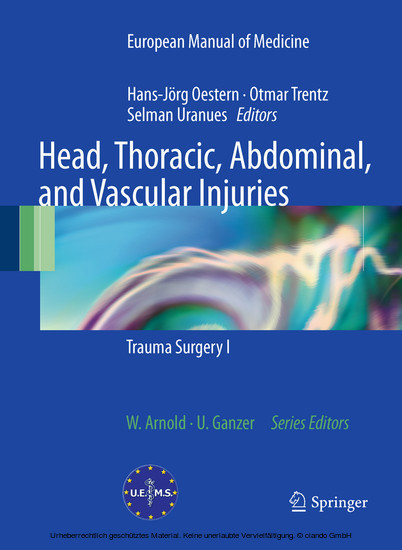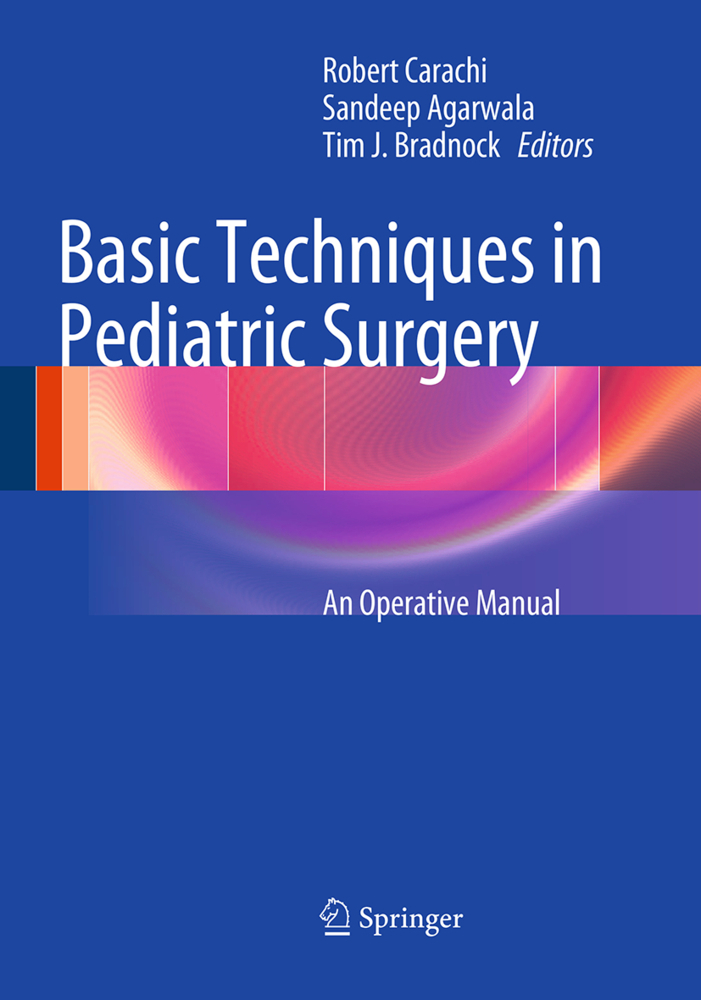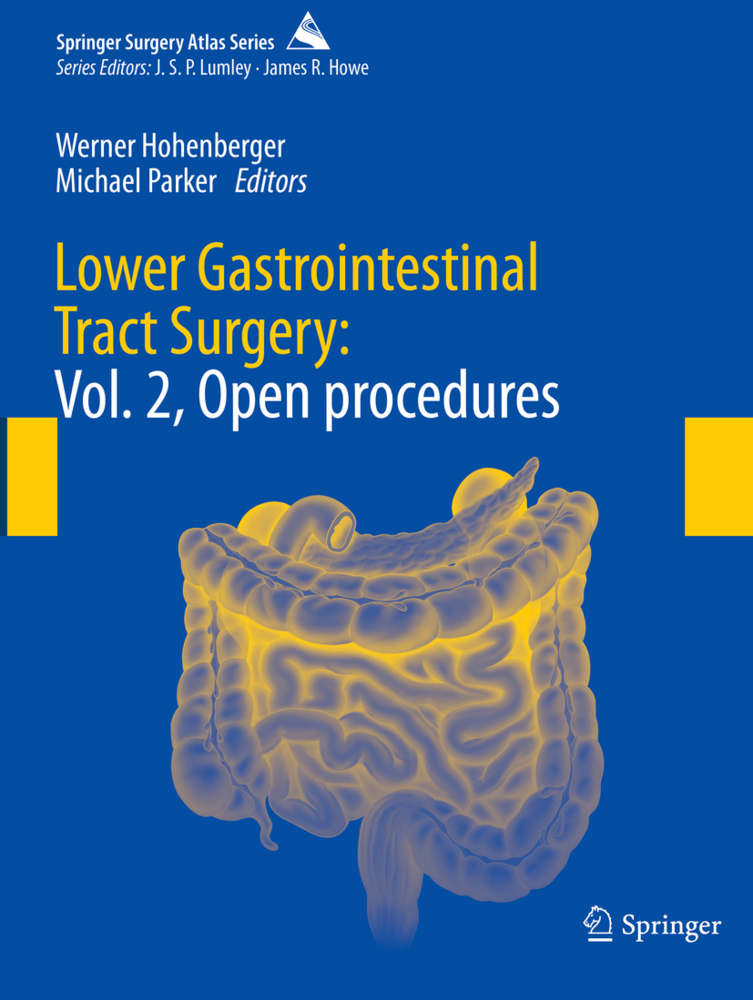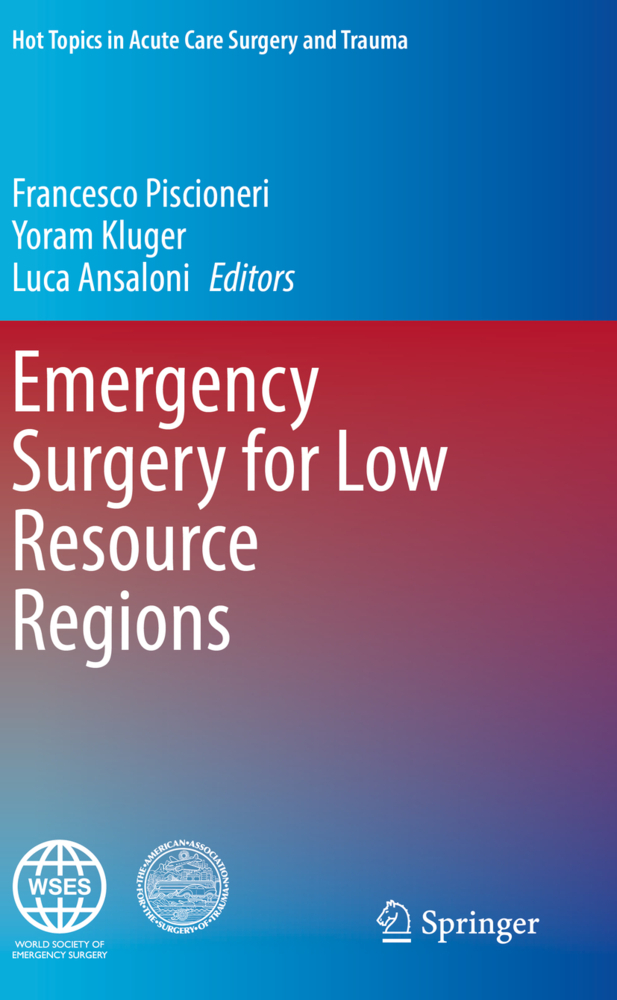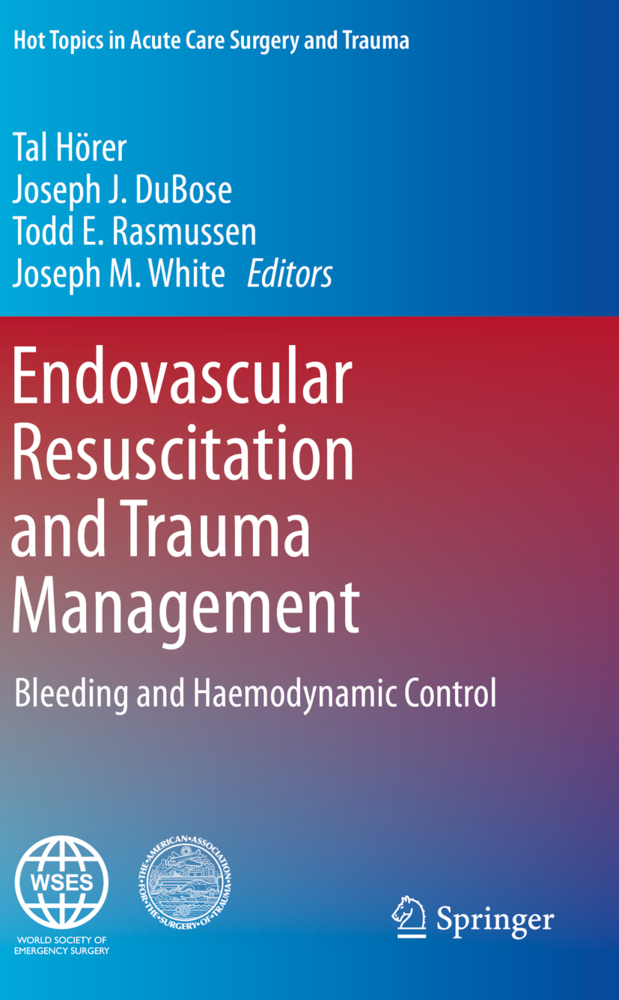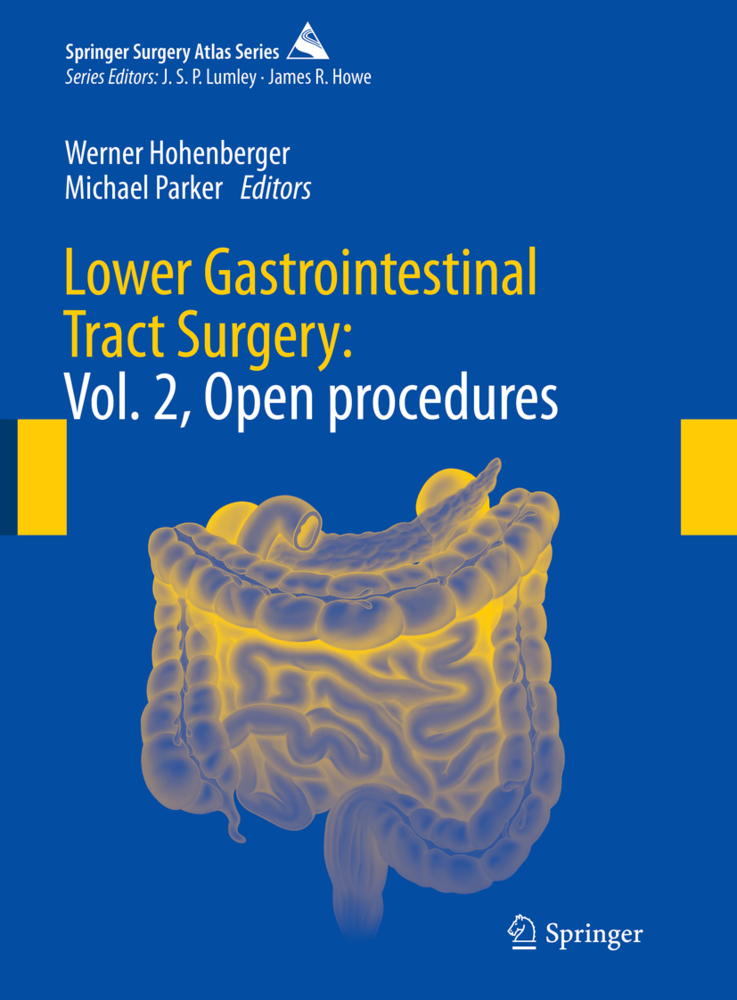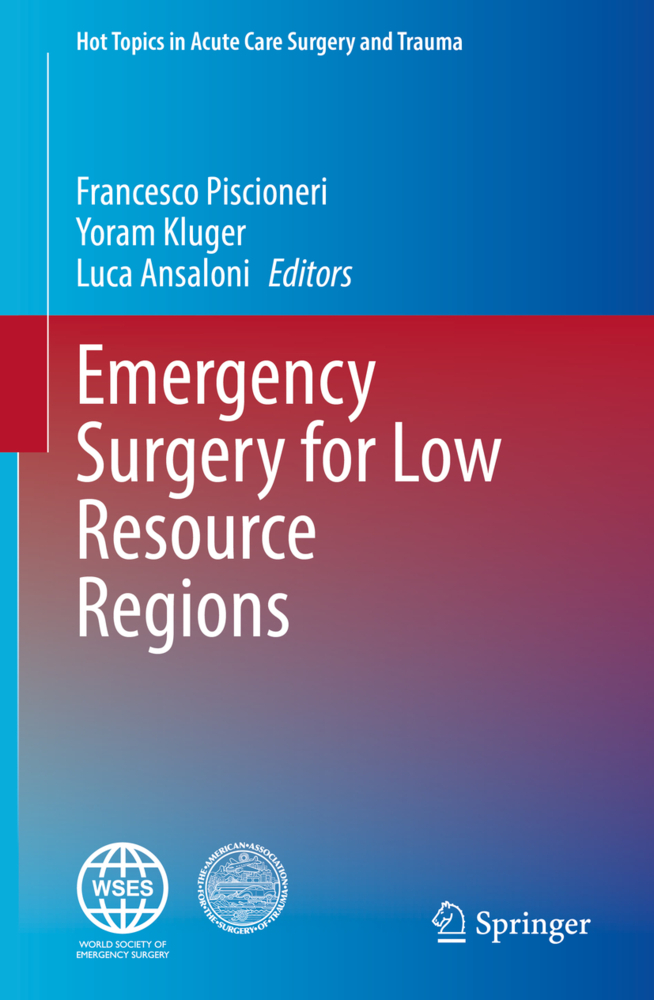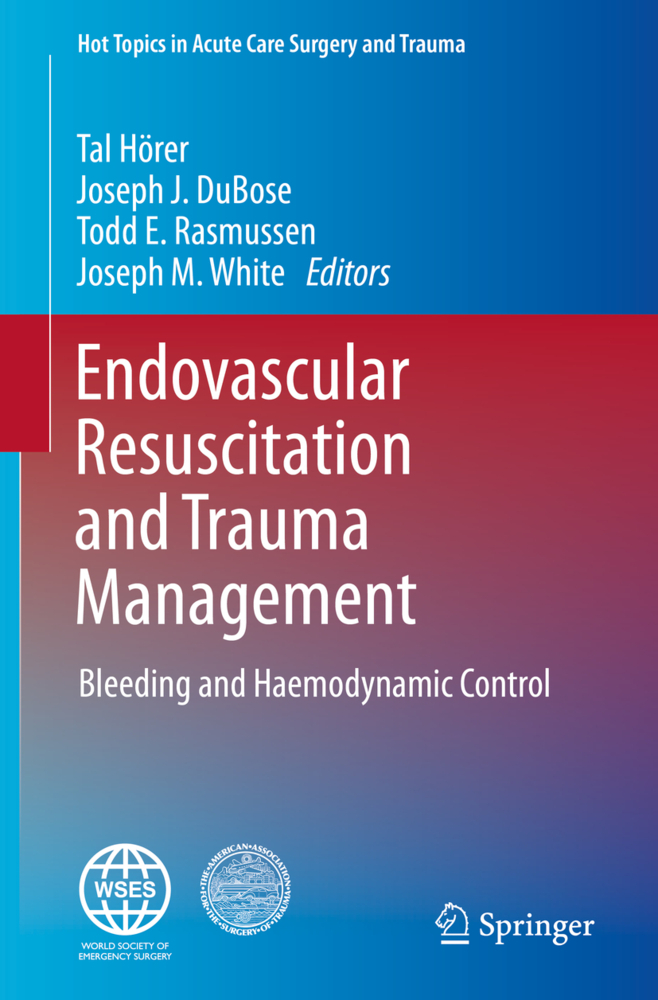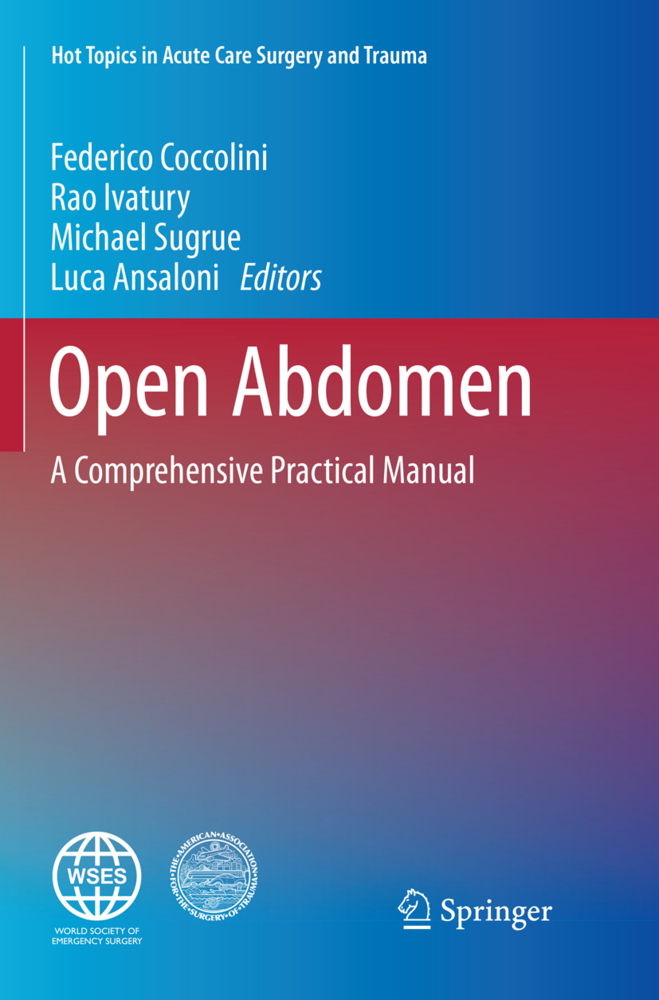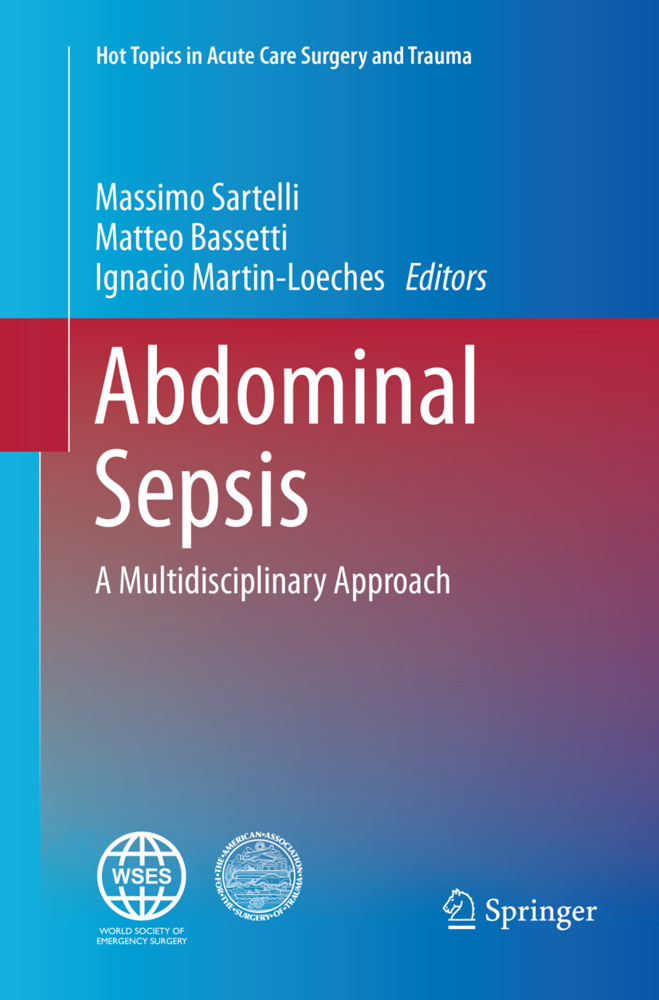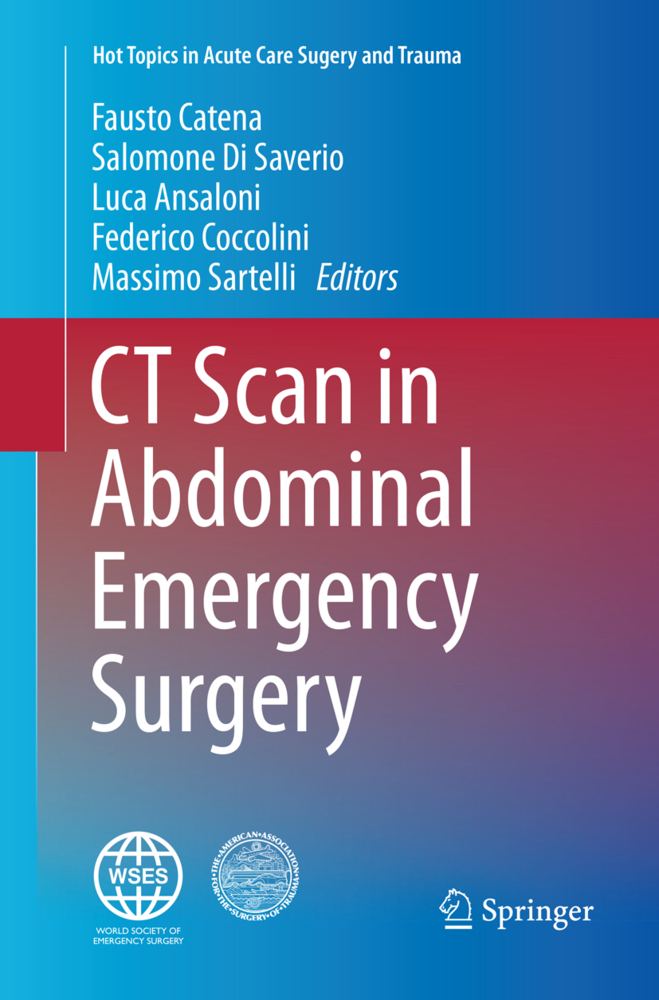Head, Thoracic, Abdominal, and Vascular Injuries
Trauma Surgery I
All European countries, including those that have recently joined the European Union or are candidates for membership, currently show a clear trend towards an increasing number of accidental injuries. This holds true for a range of injuries, including accidents among the elderly, sports injuries, and trauma due to traffic accidents. The increase in the number of injuries is accompanied by rising expectations among patients, who anticipate good functional results even after serious injuries. Despite these developments, trauma surgery is not yet established as an independent field in all European countries. Against this background, there is a clear need for a book that covers the state of the art in trauma surgery. This volume, which focuses on head, thoracic, abdominal, and vascular injuries, is intended to help to meet this need. It will also serve to harmonize the practice of trauma surgery within the European Union and to prepare for the UEMS EBSQ trauma surgery.
1;Head, Thoracic,Abdominal, and Vascular Injuries;2 1.1;Foreword of the Series Editors;4 1.2;Preface;5 1.3;Contents;6 1.4;1: Traumatic Brain Injury;8 1.4.1;1.1 Introduction;8 1.4.2;1.2 Traumatic Insults;9 1.4.2.1;1.2.1 Mechanisms of Traumatic Brain Injury: Primary Insult;9 1.4.2.1.1;1.2.1.1 Primary Brain Damage;9 1.4.2.1.1.1;Impulsive Loading;9 1.4.2.1.1.2;Impact Loading;9 1.4.2.1.1.3;Static Loading;10 1.4.2.1.2;1.2.1.2 Secondary Brain Damage;10 1.4.2.2;1.2.2 Mechanisms of Traumatic Brain Injury: Secondary Insult;10 1.4.3;1.3 Clinical Assessment of TBI;10 1.4.3.1;1.3.1 Assessment According to ATLS;11 1.4.3.1.1;1.3.1.1 Primary Survey;11 1.4.3.1.1.1;Disability;12 1.4.3.1.1.1.1;Assessment of Level of Consciousness;12 1.4.3.1.1.1.2;Assessment of Pupillary Function, Oculocephalic Testing, and Oculovestibular Testing [32];13 1.4.3.1.1.1.3;Lateralized Extremity Weakness;14 1.4.3.1.2;1.3.1.2 Secondary Survey;14 1.4.3.1.2.1;History;14 1.4.3.1.2.2;Local Status;15 1.4.3.1.2.3;Neurologic Status;15 1.4.3.1.2.4;Risk Factors;15 1.4.3.1.2.5;Radiological Examination;16 1.4.3.2;1.3.2 Classification of TBIs;16 1.4.3.3;1.3.3 Outcome After TBI;18 1.4.3.3.1;1.3.3.1 Outcome Scales;18 1.4.3.3.2;1.3.3.2 Mild (GCS 15-13) TBI: Outcome;18 1.4.3.3.3;1.3.3.3 Moderate (GCS 12-9) TBI: Outcome;18 1.4.3.3.4;1.3.3.4 Severe (GCS 8-3) TBI: Outcome;19 1.4.3.4;1.3.4 Predictors of Outcome;19 1.4.3.4.1;1.3.4.1 Age;20 1.4.3.4.2;1.3.4.2 Admission GCS Score;20 1.4.3.4.3;1.3.4.3 Pupils;20 1.4.3.4.4;1.3.4.4 Hypotension and Hypoxia;21 1.4.3.4.5;1.3.4.5 Intracranial Pressure;21 1.4.3.4.6;1.3.4.6 Mechanism of Injury;21 1.4.3.4.7;1.3.4.7 Computed Tomography;21 1.4.3.4.8;1.3.4.8 Laboratory Parameters;22 1.4.3.4.8.1;1.3.4.9 Combinations of Several Predictive Characteristics;22 1.4.4;1.4 Technical Assessment of TBI;22 1.4.4.1;1.4.1 Skull Radiography (SR)/Cervical Spine;22 1.4.4.2;1.4.2 Computed Tomography;23 1.4.4.2.1;1.4.2.1 CT-Classification of TBI;24 1.4.4.2.2;1.4.2.2 Initial Assessment: Indication for CT Scanning;24 1.4.4.2.3;1.4.2.3 Repeated CT Scanning;26 1.4.4.3;1.4.3 Magnetic Resonance Tomography;26 1.4.4.3.1;1.4.3.1 Structural Imaging;26 1.4.4.3.2;1.4.3.2 Functional Imaging;26 1.4.4.3.3;1.4.3.3 Clearance of the Cervical Spine in Blunt Trauma;27 1.4.4.4;1.4.4 Cerebral Angiography;27 1.4.4.4.1;1.4.4.1 Intra-Arterial Digital Subtraction-Angiography (iaDSA);27 1.4.4.4.2;1.4.4.2 Computed Tomography Angiography;27 1.4.4.4.3;1.4.4.3 Magnetic Resonance Angiography (MRA);27 1.4.4.4.4;1.4.4.4 Recommendation;27 1.4.4.5;1.4.5 Electroencephalography;28 1.4.4.5.1;1.4.5.1 Evoked Potentials (EP);28 1.4.4.5.2;1.4.5.2 Electrophysiologic Examination;28 1.4.4.6;1.4.6 Lumbar Puncture;28 1.4.4.7;1.4.7 Intracranial Pressure Monitoring;29 1.4.4.7.1;1.4.7.1 Indication for Intracranial Pressure Monitoring;29 1.4.4.7.2;1.4.7.2 Method;29 1.4.4.7.3;1.4.7.3 Complications;29 1.4.5;1.5 Minor Traumatic Brain Injury;29 1.4.6;1.6 Moderate and Severe Traumatic Brain Injury;31 1.4.7;1.7 Traumatic Brain Injury: Neurosurgical Management;31 1.4.7.1;1.7.1 Standard Procedures;32 1.4.7.1.1;1.7.1.1 Standard or Generic (Standard) Head Trauma Craniotomy;32 1.4.7.1.1.1;Anesthesia;32 1.4.7.1.1.2;Positioning;32 1.4.7.1.1.3;Preparing;32 1.4.7.1.1.4;Draping;32 1.4.7.1.1.5;Scalp Incision;33 1.4.7.1.1.6;Craniotomy;34 1.4.7.1.1.7;Dural Opening;34 1.4.7.1.1.8;Dural Closure;35 1.4.7.1.1.9;Bone Flap/Skin Closure;35 1.4.7.1.2;1.7.1.2 Burr-Hole Exploration;36 1.4.7.1.3;1.7.1.3 Ventriculostomy;36 1.4.7.1.3.1;Frontal Ventriculostomy;37 1.4.7.1.3.2;Parieto-Occipital Ventriculostomy;38 1.4.7.1.4;1.7.1.4 Intra/Postoperative Problems/Complications;38 1.4.7.1.4.1;Intraoperative Brain Swelling (IOS);38 1.4.7.1.4.2;Intraoperative Bleeding;38 1.4.7.1.4.3;Air Embolism [27, 227];39 1.4.7.1.5;1.7.1.5 Postoperative Problems/Complications;39 1.4.7.1.5.1;Postoperative Reaccumulation of Intracranial Hematomas;39 1.4.7.1.5.2;Delayed Traumatic Intracranial Hematomas (DITCH) and Evolving Contusions;39 1.4.7.1.5.3;Postoperative Intracranial Hyperte
Oestern, Hans-Jörg
Trentz, Otmar L.
Uranüs, Selman
| ISBN | 9783540881223 |
|---|---|
| Artikelnummer | 9783540881223 |
| Medientyp | E-Book - PDF |
| Auflage | 2. Aufl. |
| Copyrightjahr | 2011 |
| Verlag | Springer-Verlag |
| Umfang | 423 Seiten |
| Sprache | Englisch |
| Kopierschutz | Digitales Wasserzeichen |

